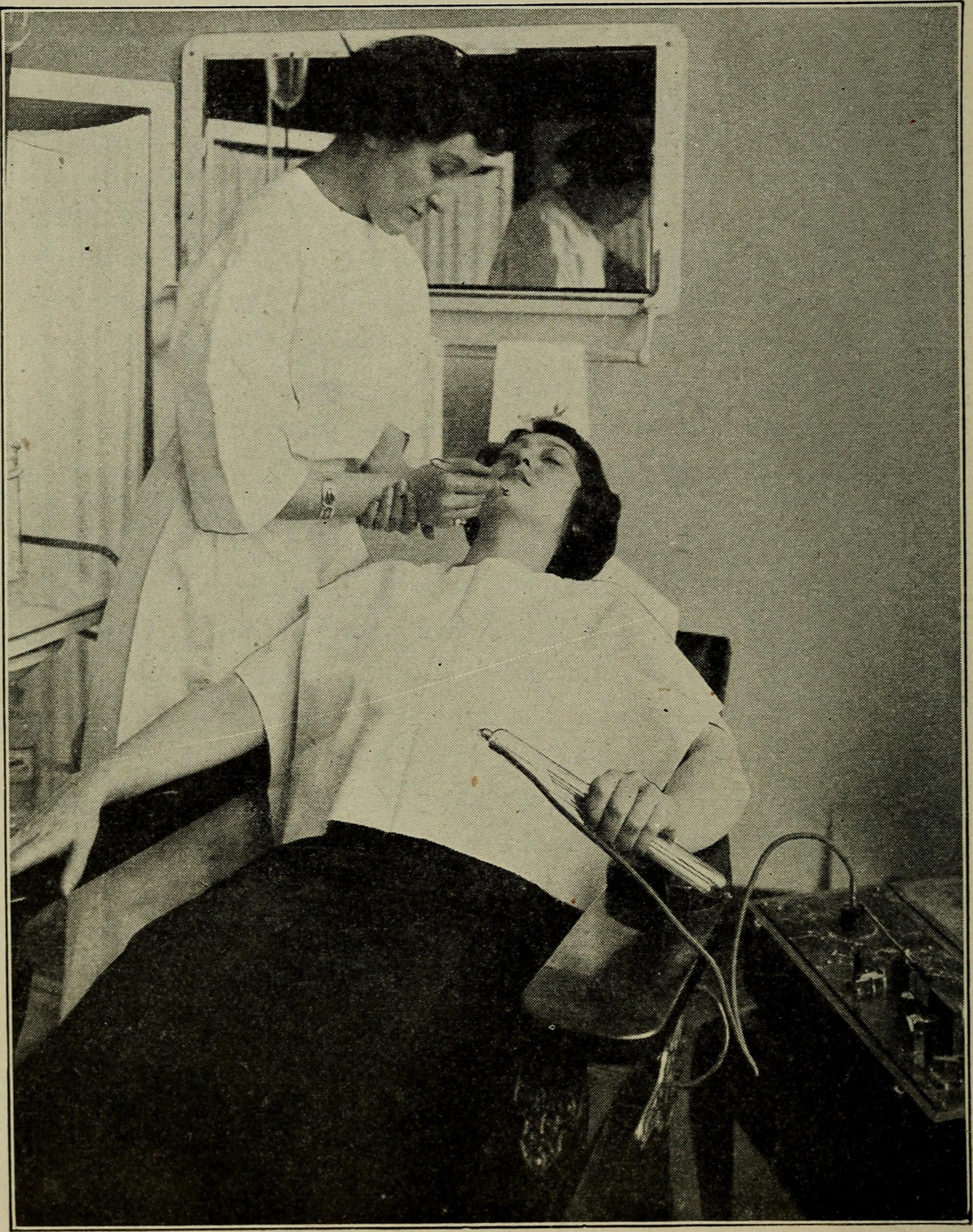
Introduction to Rosacea
Rosacea is a skin disease that has a long-term effect and it usually appears some time around the age of 30 for most people, though some get it as teenagers. There are many symptoms that are associated with the condition that will continue to worsen if the Rosacea is not treated. There are four general types of Rosacea and they are grouped according to the range of symptoms that occur and the severity of these symptoms. However, there are several symptoms that link all of the forms of Rosacea as well. Some basic symptoms include a constant blushing, or flushing redness of the face, ears and neck, and sometimes even the chest. This chronic facial redness, burning, itching, edema, bumps and pimples, are the most common symptoms of the condition. Rosacea can also affect the area surrounding the eyes, which is known as Ocular Rosacea. In this instance, the eyes are very watery and bloodshot. This can sometimes damage the cornea of the eye and lead to blindness in the worst cases.
Treatment
Unfortunately, Rosacea is not curable, but there are ways to eliminate and get rid of the symptoms. The treatment depends on the condition in the individual and can range from topical treatments all the way to laser interventions. Topical treatments include several topical gels and ointments that help with the symptoms, including Metrogel, Metrocream, Metrolotion and Noritate. Another good treatment is called Rosacea-LTD III, which is made of a combination of zinc oxide, polyethylene glycol, magnesium state, iron oxide, sodium chloride, and sulfur. Another form of treatment is called Non Ablative Rosacea, which is both a non-surgical and laser-free procedure. They can be used in repairing damaged complexions and even getting rid of wrinkles. A chemical peel can also be used to repair the facial skin as well and can also get rid of acne, aging and other problems that are not directly related to Rosacea. Rosacea can also be treated by way of lasers. This method is fairly effective but it is also very costly in most cases. Laser surgery can be used in severe situations, such as when deep scarring results from the Rosacea and other serious skin damage. It can also diminish the redness and the swelling in the face as well. One of the most common options used for Rosacea that includes a laser treatment is one in which the laser resurfaces the skin. This laser resurfacing works be implementing a very intense laser that will remove damage skin one layer at a time. A benefit of this kind of treatment is that it can be used on the entire surface of the face and is not limited to only certain target areas that are problematic.



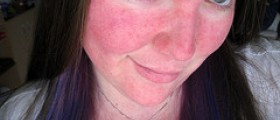
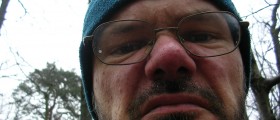

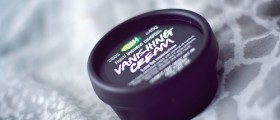
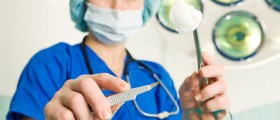

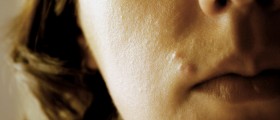
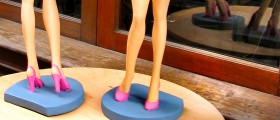




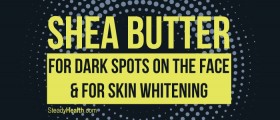
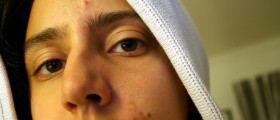
Your thoughts on this
Loading...